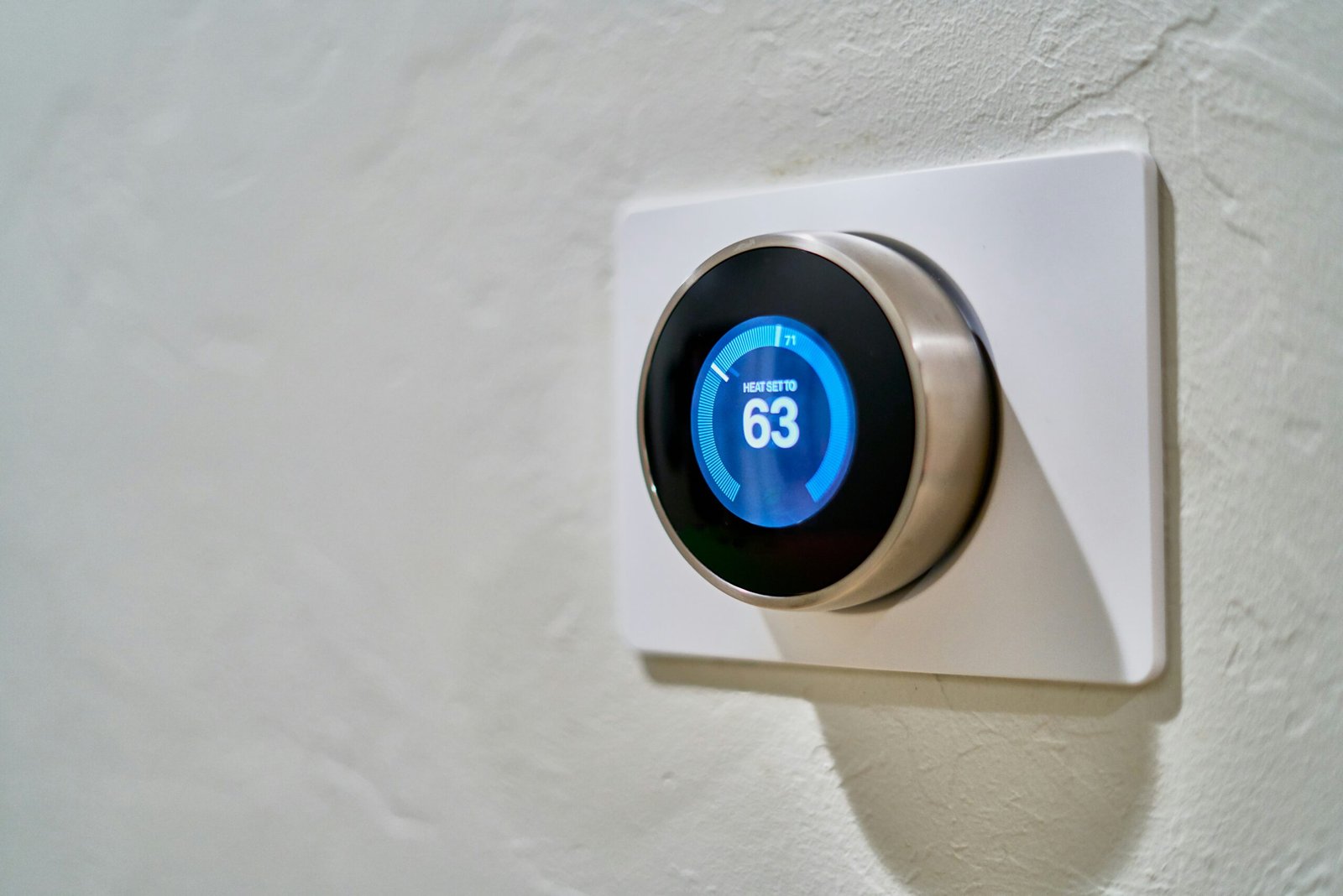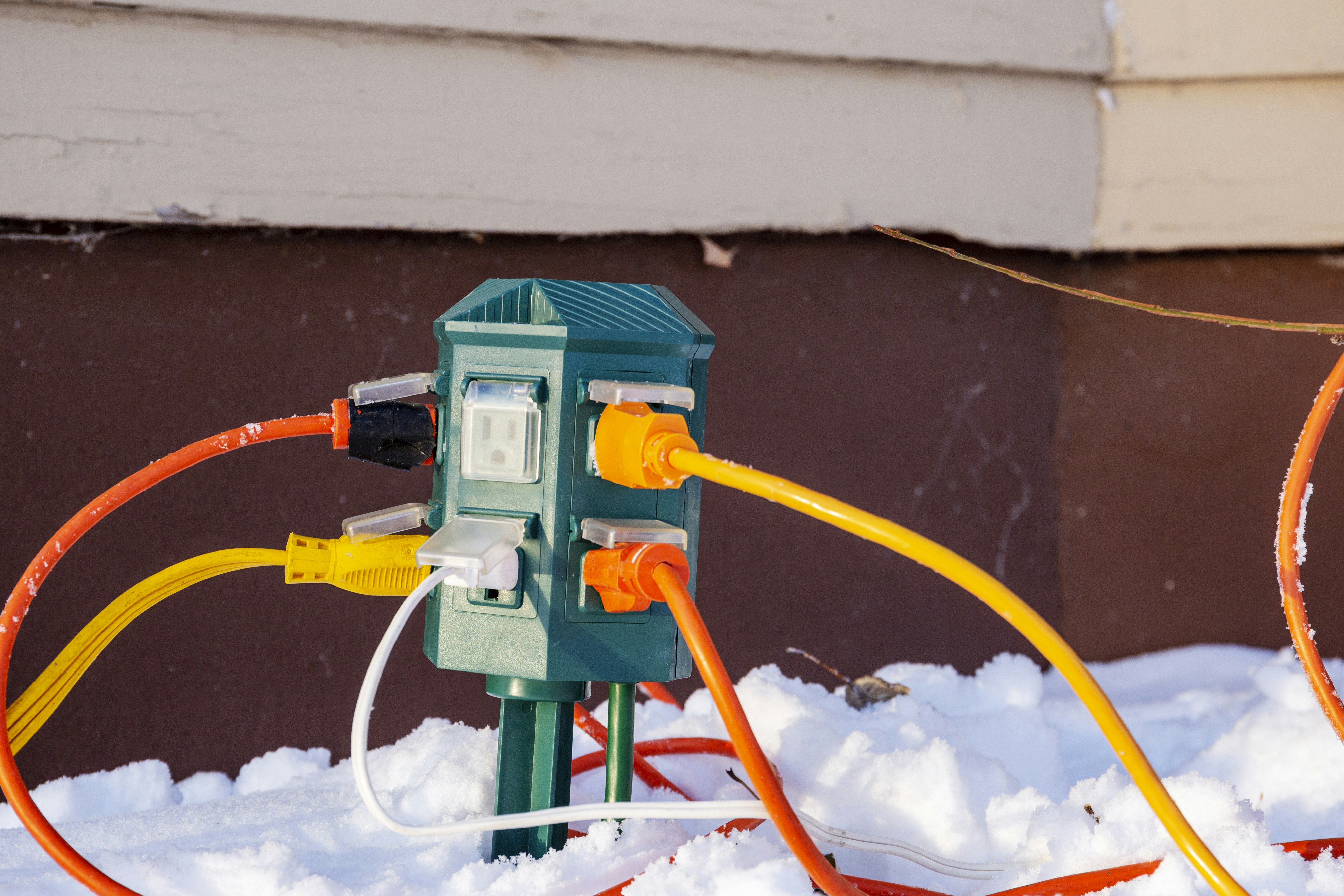Understanding Allergens in Indiana
Indiana’s diverse climate and geographic features contribute to a variety of allergens that can impact residents’ health. The most prevalent allergens in the state include pollen, dust mites, mold spores, and pet dander. During the spring and summer months, pollen from trees, grasses, and weeds can significantly elevate allergy symptoms, particularly for individuals sensitive to these allergens. These seasonal changes not only affect the types of pollen present in the air but also its overall concentration, leading to heightened reactions among allergy sufferers.
Dust mites, microscopic organisms that thrive in warm and humid environments, often pose a continuous challenge to indoor air quality. They flourish in bedding, upholstered furniture, and carpets, making homes in Indiana a favorable habitat. Mold, which can proliferate in damp areas, seeks out similar conditions, especially in basements or poorly ventilated spaces. The state’s varied climates, with humid summers and potential for damp autumns, create ideal conditions for mold growth, exacerbating allergies and respiratory issues during these seasons.
Additionally, pet dander, produced by dogs, cats, and other animals, contributes to indoor allergens throughout the year. While pet ownership can provide emotional benefits, it is essential to recognize how dander can impact individuals with allergies. Since Indiana experiences fluctuations in weather and humidity levels, the local climate plays a significant role in influencing the presence of these common allergens.
Understanding these factors enhances awareness of the critical need for air purification systems to manage allergen levels effectively. Air purifiers equipped with advanced filtration technologies can help mitigate the effects of these allergens, improving indoor air quality and offering respite from seasonal and persistent allergy triggers throughout Indiana.
HEPA Filters: The Gold Standard in Air Purification
High-Efficiency Particulate Air (HEPA) filters are widely regarded as the gold standard in air purification technology. They are designed to capture at least 99.97% of airborne particles that are 0.3 microns in diameter, which includes common allergens such as pollen, dust mites, mold spores, and pet dander. The precise engineering of HEPA filters allows them to effectively trap these particles, preventing them from re-entering the indoor air. This efficiency is critical for individuals suffering from allergies or respiratory conditions, making HEPA filters an essential component in air purifiers.
The effectiveness of a HEPA filter is primarily attributed to its dense mat of fibers, which create a labyrinth-like structure that captures particles as air passes through. These filters typically employ a combination of mechanical filtration and interception to ensnare particles of various sizes. The rating of a HEPA filter is crucial; the higher the MERV (Minimum Efficiency Reporting Value) rating, the better the filter is at removing smaller particles. It is important to select air purifiers equipped with true HEPA filters, as many products on the market falsely advertise lower quality alternatives.
While HEPA filters excel in trapping particulate matter, they do have some limitations. For instance, they are less effective against gaseous pollutants, such as volatile organic compounds (VOCs) or odors. To address this shortcoming, many air purifiers incorporate additional technologies, such as activated carbon filters or UV light, which work synergistically with HEPA filters to provide comprehensive air purification. Despite these limitations, HEPA filters remain unmatched in their ability to enhance indoor air quality by significantly reducing allergens, thereby contributing to a healthier living environment.
Activated Carbon Filters: Combatting Odors and Chemical Pollutants
Activated carbon filters are widely recognized for their ability to effectively combat odors, volatile organic compounds (VOCs), and other chemical pollutants present in indoor air. The key to their efficacy lies in a process known as adsorption, where certain molecules in the air adhere to the surface of activated carbon granules. This highly porous material provides a significant surface area, allowing for the trapping of a wide range of harmful pollutants, including formaldehyde, benzene, and various industrial fumes.
In contrast to HEPA filters, which are designed primarily to capture particulate matter, activated carbon filters address gaseous contaminants that are not efficiently filtered by traditional means. While HEPA filters excel at removing allergens such as pollen, dust mites, and pet dander, they are not effective against odors or chemical vapors. Therefore, choosing an air purifier equipped with activated carbon filters is especially advantageous in environments where chemical exposure is a concern, such as urban areas or households that use numerous household cleaning products and personal care items.
Moreover, the synergy between HEPA and activated carbon filters enhances air purification. For instance, using an air purifier that incorporates both types of filters allows individuals to achieve a broader spectrum of air quality improvement. The HEPA filter can capture particulates while the activated carbon filter tackles the accompanying chemical pollutants, resulting in a more comprehensive purification process. This dual filtration system is increasingly essential as environmental pollutants and indoor air quality issues rise, making it critical for consumers to understand which filter technology will best meet their specific needs.
UV Light Technology: Adding an Extra Layer of Defense
Ultraviolet (UV) light technology has emerged as a noteworthy method to enhance air purification systems, particularly in regions like Indiana where airborne allergens present significant challenges. UV-C light, which operates at a specific wavelength between 200 to 280 nanometers, has proven effective in disrupting the molecular structure of bacteria, viruses, and mold spores, thereby rendering them inactive and unable to reproduce. As such, it offers a valuable complement to traditional filtration methods, such as HEPA and activated carbon, which primarily focus on capturing larger particles and some volatile organic compounds.
When integrated into air purifiers, UV-C light can serve as an additional layer of protection, targeting pathogens that may bypass mechanical filters. HEPA filters primarily capture particles down to 0.3 microns with a particle removal efficiency of 99.97%. While these filters are excellent for trapping allergens such as dust mites, pollen, and pet dander, they do not actively eliminate microbial threats. Activated carbon filters, on the other hand, excel at adsorbing odors and certain gases but may fall short in addressing biological contaminants. Consequently, UV technology creates a multifaceted approach to air purification, enhancing the overall effectiveness of the system.
Despite its advantages, there are drawbacks to consider. UV-C light can only disinfect the air that passes through the purifier, meaning stagnant air in a room remains untreated. Therefore, while UV technology can improve pathogen reduction, it should not be viewed as a standalone solution. Instead, its best application often lies in conjunction with HEPA and activated carbon filters. For Indiana residents aiming to mitigate allergens and airborne pathogens, using an air purifier equipped with UV light technology may provide a comprehensive strategy for improving indoor air quality.
If you’re interested in purchasing the item you seek, please click the link for additional details: #americanachoice.
https://amzn.to/3SBN3Oy
AFFILIATE DISCLOSURE: I am an affiliate for this company, I am not a paid employee.
I may receive a commission if you click a link on this page and choose to purchase something.
You can rest assured I will only share things I believe in and will be valuable to you.



